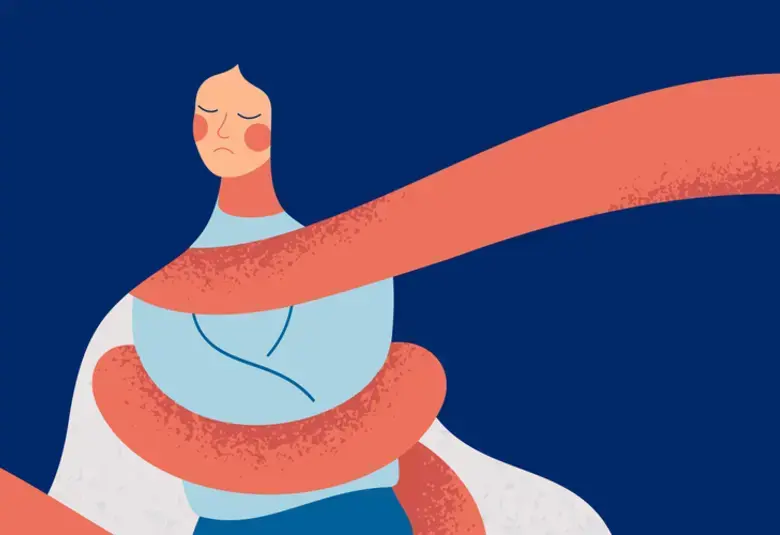Non-adherence to treatment is a key issue in people with schizophrenia and can hold back response, remission and functional recovery goals. In an Otsuka and Lundbeck sponsored Satellite Symposium at the 34th European College of Neuropsychopharmacology Congress in Lisbon, Portugal, Dr Charlotte Emborg Mafi, from Aarhus University Hospital, Denmark; Professor Eric Achtyes, from Michigan State University College of Human Medicine, USA; Dr Daniel Schöttle, from the University Medical Center Hamburg-Eppendorf (UKE), Germany; and Professor Philip Gorwood, from GHU Paris Psychiatry and Neurosciences, France discussed how early intervention and treatment can help aid adherence and lead to functional recovery for people with schizophrenia.
Treatment success for people with schizophrenia can be defined first by response,1 then remission2 and finally by functional recovery.3 Optimizing functioning and health-related quality-of-life are important treatment goals and should be tailored to each patient’s needs and goals.4
Treatment success for people with schizophrenia means not only response, but also functional recovery
Myth: How can we improve our practice in the treatment of schizophrenia?
Medication non-adherence, discussed Dr Emborg Mafi, is associated with relapse,5 with consequences in disease progression, worsening relationships and overall functioning.6,7
- In one study the hazard ratio for first relapse in non-adherent versus adherent patients was 4.89 [95% confidence interval 2.49−9.60].5
Non-adherence can start almost immediately.
- Another study of 2,588 patients following discharge from first hospitalization found that 54.3% were non-adherent in the first month.8
With this in mind, Dr Emborg Mafi discussed how recovery rates for people with schizophrenia can be significantly enhanced by early psychosis detection and intervention services.9
The use of early psychosis detection and intervention services can significantly enhanced recovery rates for people with schizophrenia
Early use of long-acting injectables (LAIs), compared with oral formulations, may also improve outcomes including:7
- Relapse rates
- Hospitalizations
- Illness-related complications/comorbidities
- Medical resource use
However, LAIs are not widely used in early schizophrenia, potentially due to:10
- Overestimation of patient adherence
- Bias against injections inadequate training
- Belief that LAIs are not appropriate at this time
Fact: What do clinical trials say? “The sooner, the better”
Early use of a long-acting injectable antipsychotic treatment may improve relapse rates, hospitalizations and illness-related complications
Professor Achtyes described how in a 52-week study, use of a LAI (n=269) led to long-term control of positive and negative symptoms and a significantly longer time to impending relapse versus placebo (n=134).11
Another study compared a LAI (n=234) to Clinician’s Choice (CC) (n=235) in patients aged 18−35 years with <5 years antipsychotic use.12
Results included a 44% reduction in incidence rate of first hospitalization with the LAI compared with CC, translating to seven patients needing to receive the LAI to prevent one additional hospitalization, compared with CC.12
In this study, key to patient recruitment success into the LAI arm was prescriber training that included specific education regarding LAIs and discussion of shared decision-making principles.10,12
Reality: What do real-world studies say? “It really works”
Dr Schöttle discussed how ‘real world’ studies can be complementary to clinical trials and address knowledge gaps.13
He highlighted his 6-month non-interventional, prospective, multicenter study in Germany following patients who switched from oral treatment to a LAI.14
Overall, this treatment was associated with improved clinical outcomes, including in psychosocial functioning and well-being.14
- Improvements in psychosocial functioning were more pronounced in younger patients (aged ≤35 years vs >35 years), supporting the use of early intervention as a means of improving outcomes.
Real-world studies confirm the utility of long-acting injectables and show improvements in psychosocial functioning and well-being
Tolerability of the LAI was rated as ‘good’ or ’very good’ by almost all patients and clinicians.14
The results reported are consistent with clinical trials with LAIs, demonstrating that the outcomes can be reproduced in real-world settings with heterogeneous patient populations.14
Catch: Is symptom control enough for patients with schizophrenia?
Better treatment adherence can contribute to functional recovery
Schizophrenia, discussed Professor Gorwood, is associated with wide-ranging functional disability in social functioning; vocational outcomes; independent living; and physical fitness.15 Factors contributary to achieving functional recovery include:16
- Fewer negative symptoms and briefer psychotic episodes
- Higher cognitive performance and no comorbid substance abuse
- Better treatment adherence and family support
- More comprehensive treatment and a good therapeutic relationship
Professor Gorwood highlighted how that for functional recovery, clinical recovery and remission should be achieved. For instance, in a 12-month prospective observational study he led that included early-to-mid stage patients with schizophrenia treated with an LAI, of those achieving functional remission (n=226), 72% also achieved clinical remission and only 14.9% did not.21
Assessment tools can be used to help measure and track functional remission17−20
Educational financial support for this webinar was provided by Otsuka Pharmaceuticals Europe Limited and H. Lundbeck A/S.
For the latest updates on sea.progress.im, subscribe to our Telegram Channel https://bit.ly/telePiM
Our correspondent’s highlights from the symposium are meant as a fair representation of the scientific content presented. The views and opinions expressed on this page do not necessarily reflect those of Lundbeck.




